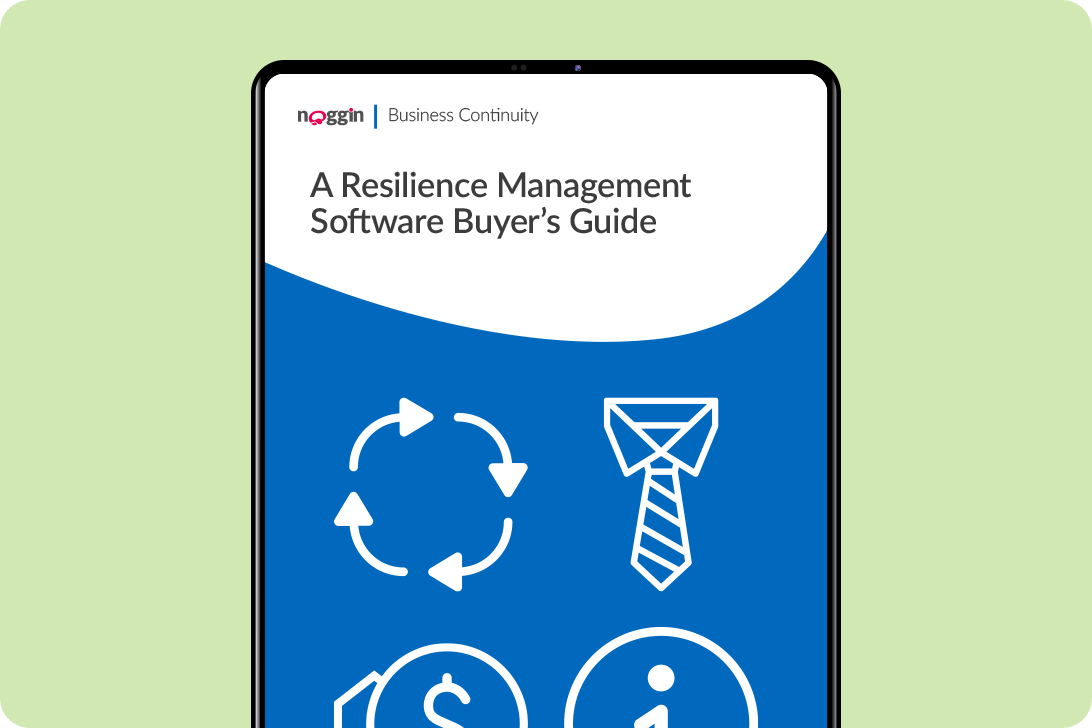Request a Demo
Fill in the form below and we will contact you shortly to organised your personalised demonstration of the Noggin platform.
Meet Noggin
An integrated resilience workspace that seamlessly integrates 10 core solutions into one, easy-to-use software platform.
The Noggin Platform
The world's leading integrated resilience workspace for risk and business continuity management, operational resilience, incident & crisis management, and security & safety operations.
Industries
Explore Noggin's integrated resilience software, purpose-built for any industry.
HIH Insurance Group Collapse
Case Study
The notice
On March 1, 2001, the Australian Prudential Regulation Authority (ARPA) served HIH Insurance notice that it had run afoul of key tenets of the Insurance Act. Pursuant to the notice, HIH would be given two weeks to show cause that it didn’t need an inspector to look in to its finances. HIH could not show cause.
Two weeks later, the HIH board voted to put the company under provisional liquidation. The news came the same day that HIH was slated to announce its financial results – an announcement the insurer had already delayed faced, as it was, with a rapidly deteriorating financial picture.
At the time of the crisis, ARPA had been operating in its capacity as the nation’s chief prudential regulator, with direct oversight over HIH, for just shy of three years. Created on the heels of the Wallis Report, a major review of the financial regulatory system, ARPA had received a mandate to harmonize regulations across the financial sector. It had been doing so up until this point, even concluding major draft legislation the year before.
But despite its efforts, ARPA had encountered a “complex management challenge” from the start – one that would invariably impact its regulation of HIH. The regulator had to supervise a diverse swath of financial institutions, life insurance companies, general (nonlife) insurance companies, private pension funds, etc. And so that the new regulator could fulfil this core mission, ARPA architects had wrested away supervisory responsibilities from a number of incumbent regulators. While those bodies officially ceded supervisory power to ARPA, their personnel, by in large, didn’t migrate to the new regulator. Instead, crucial industry knowledge and expertise remained housed at the old agencies.
Download the guide to continue reading >>



